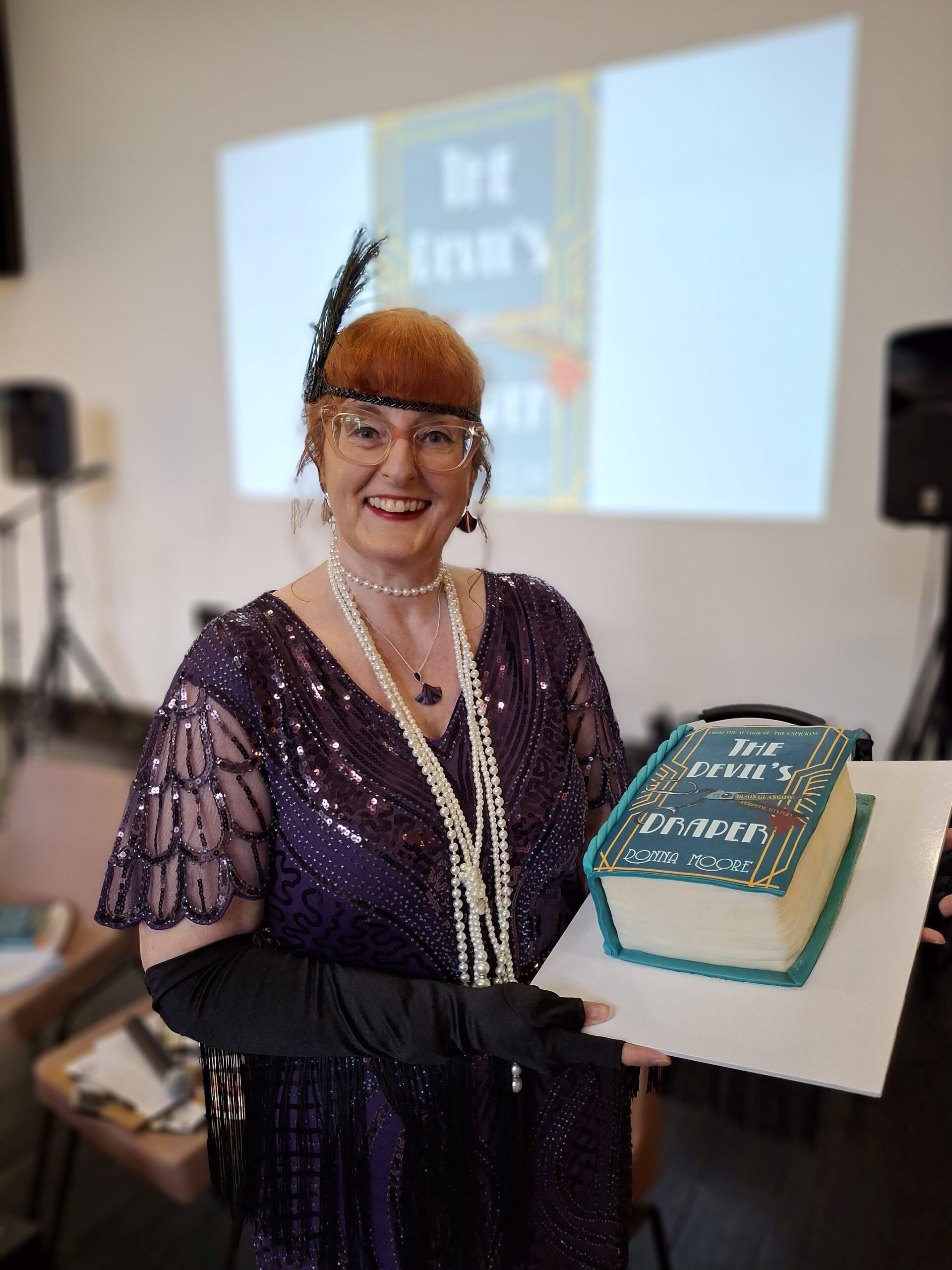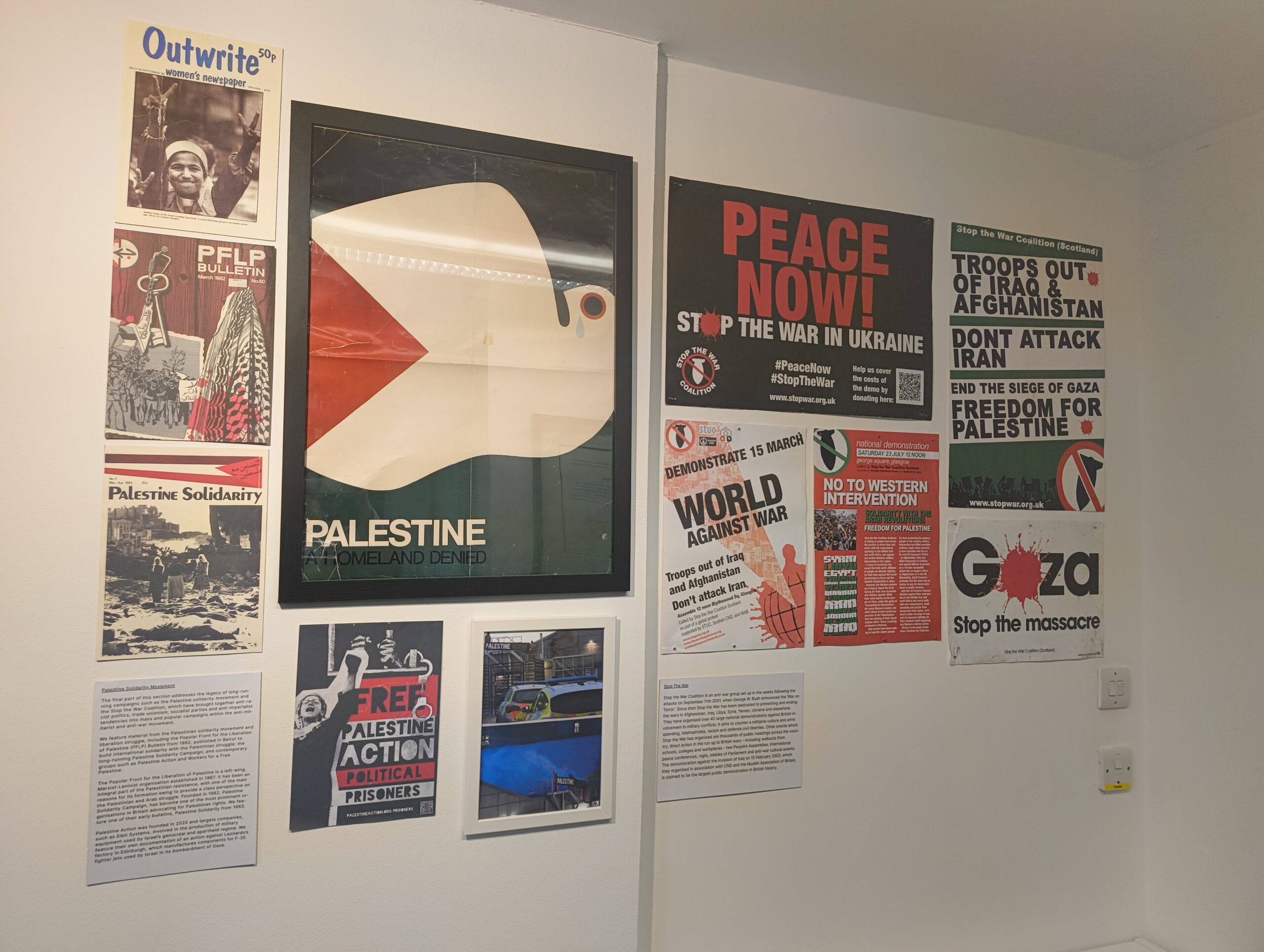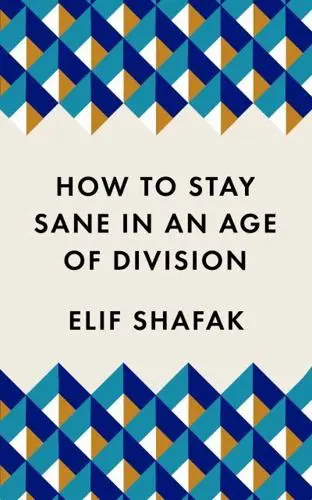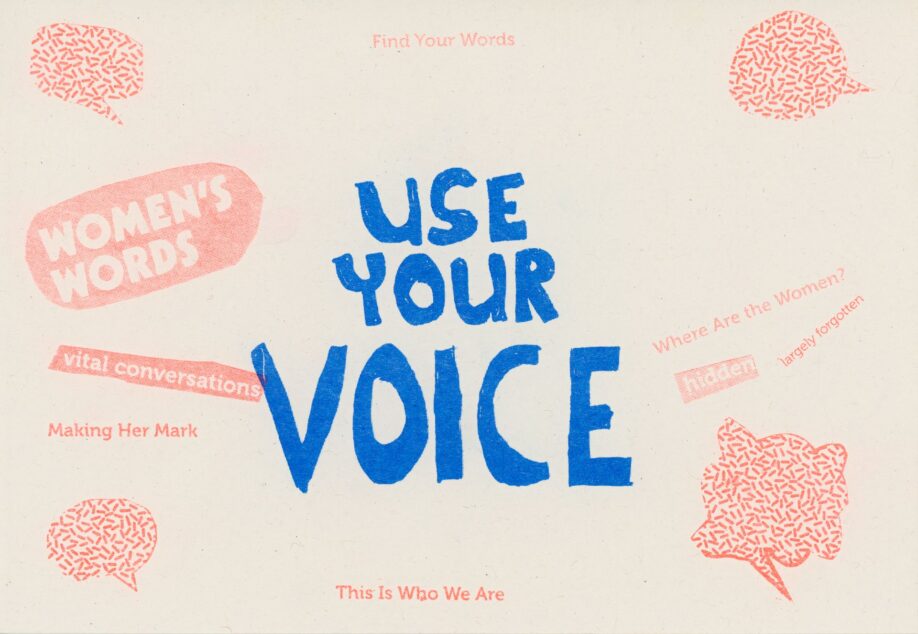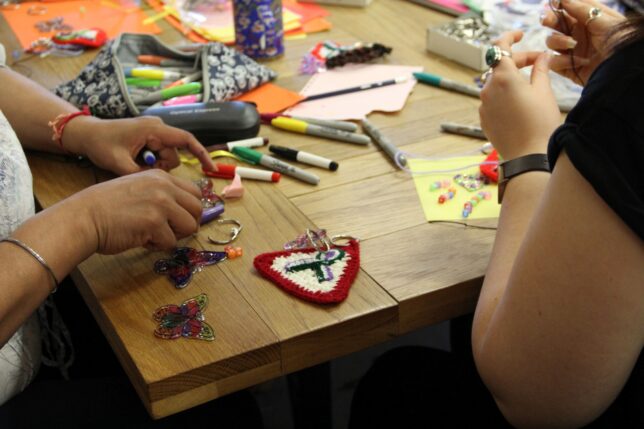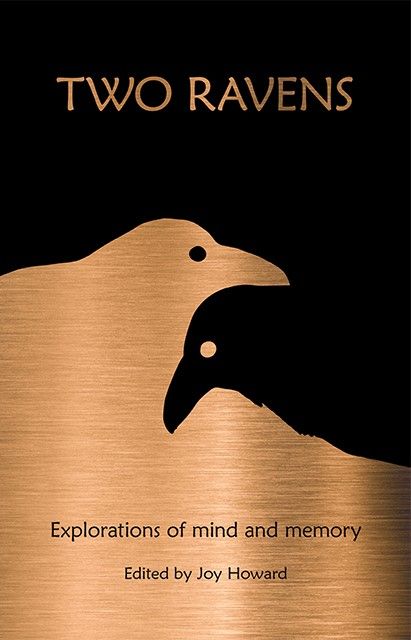My name is Rhia, and I’m currently working on my master’s degree in Gender Studies at Stirling University, and diving into the archives here at Glasgow Women’s Library. As part of a project with Glasgow Women’s Library, I’m investigating the ways ephemeral items are considered in the archives.
This time I want to take a look at another personal collection from the archives, explore some of the fascinating photographs included, and ask again “How does something end up in the archive?”and “Why this material?”
Catherine Morrison worked as an ophthalmic nurse with the Royal Army Medical Corps, in the Second World War. Originally from Dundee, Catherine’s collection is made up of photographs, diaries and items which illustrate her time with the RAMC, travelling to Japan, India, south Africa, Singapore, and Egypt and more.
Catherine’s photos have something in common with those of Dorothy Dick, whose collection I examined a few weeks ago – photos of animals. Included in Catherine’s photo albums are photographs of dogs and horses, beloved pets and animals she met on her travels.
Photographs like those to the right, on the top row, show her relaxing in her uniform, playing with some kittens. The photos on the bottom row show Catherine with other nurses, in their stark white uniforms, smiling in the sun. Alongside these are photos of a variety of dogs, mostly un-named west-highland terriers (below.)
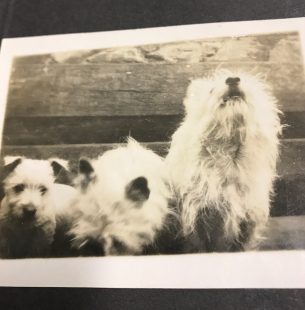
Catherine’s albums and diaries came to the library from the daughter of one of Catherine’s co-workers, who had held onto the vast collection until she no longer had space to store it. The donation wouldn’t have been possible if the archive here didn’t exist.
While the popularity of stories about the second world war continues to boom, with book, plays and television programs focusing on the horror of men’s experiences of the trenches, or the stoic determination of those on the home-front to survive despite rationing, constant air-raids and the threat of invasion, women’s perspectives of front-line war service continue to be in the minority.Catherine’s dairies and photo albums tell a story of the war we often don’t see.
Most of the photographs in Catherine’s albums, and the roughly 200 loose photographs in the collection, depict the people and places she saw while travelling for her work. Some, like those on the left, show us the stark reality of nursing in war hospitals and the harrowing conditions Catherine would have faced.
The page below shows the conditions on one ward in Secunderabad, at the Trimulgherry Entrenchment of the British Army.
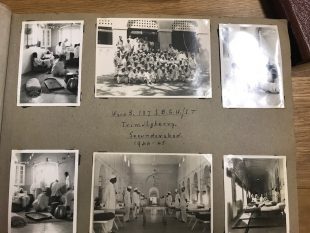
In the photos, we see the tightly packed wards on which Catherine worked, and the patients she would have worked with, as well as the spaces they relaxed in. Catherine talks about the experience in her diaries, and together the images and handwritten account and the combined effect is harrowing.
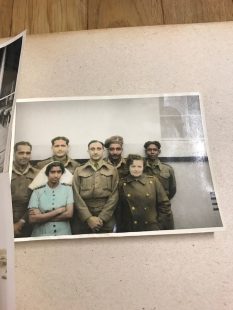
One particularly interesting photo from Catherine’s time in India is this colourised image.
The photo shows Catherine (far right) with some soldiers and an Indian nurse. Unfortunately, this photo wasn’t one of those Catherine had added to an album, and she hasn’t named anyone in the photo, so we don’t know who these people are. It has been hand coloured, in a process where colour is applied to the negative before development. (Colour photo film wouldn’t be widely available for a few decades after the war.) This image brings to life the experiences Catherine had, and the people she met, in vivid detail.
Catherine’s is a story of the Second World War which is warm and human one, grappling with the most troubling elements of the war experience and trying to conquer them.
If you’re interested in finding out more about what kinds of materials there are in the archive here at Glasgow Women’s Library, head over to the archive home-page and get searching.

